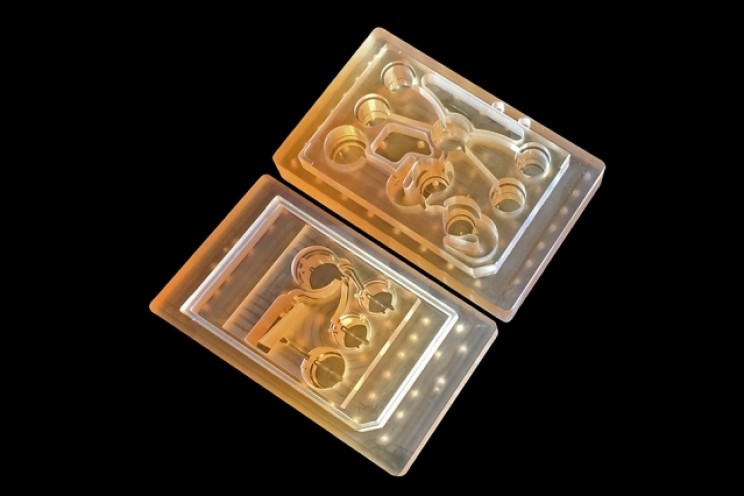New ‘Body-on-a-Chip’ System Could Help Examine Effects of Drugs

Scientists have developed a new technology which can replicate the interactions of human organs. The technology could be used to assess new drugs and find out possible side effects.
Engineers at the Massachusetts Institute of Technology (MIT) have recently developed what is called “body-on-a-chip” system to examine the effects of new drugs and detect possible side effects before the drugs are tested in humans.
MIT engineers hope to accurately reproduce the working of human organs together for a long amount of time at once, which will enable them to measure the impacts of medications on various parts of the body.

Users can distribute a drug and then look for the effects on other tissues through this chip. They can also measure the exposure and how it is metabolized. The chip will also assess counteracting agent drugs and different immunotherapies.
These are harder to test entirely in other creatures because they are intended to associate with the human body. Scientists usually accept medical targets considering what they think about the science of the illness. After that, they make investigations which influence those objectives. Preclinical testing in creatures can offer data about the safety and feasibility of a medication before testing starts in humans. But they may not uncover potential reactions.
Physiome on a chip
“Animals do not represent people in all the facets that you need to develop drugs and understand the disease. That is becoming more and more apparent as we look across all kinds of drugs.” Linda Griffith, at the School of Engineering Professor of Teaching Innovation at MIT said.
“Complications can also arise due to variability among individual patients, including their genetic background, environmental influences, lifestyles, and other drugs they may be taking. A lot of the time you don’t see problems with a drug, particularly something that might be widely prescribed until it goes on the market.”
Griffith and her co-workers chose to go after an innovation that they call a “physiome on a chip.” They think this could offer an approach to show the potential impacts of medication more accurately and speedily.
Scientists required new equipment to do this, which would enable tissues to develop and work together with each other. They also wanted to design tissue that would reflect the elements of human organs more accurately.
Model system for Parkinson’s disease
The chip comes with multiple versions for various organ types which include liver, lung, gut, endometrium, brain, heart, pancreas, kidney, skin, and skeletal muscle.
The chip will deliver a drug to the gastrointestinal tissue, imitating oral ingestion of a drug. It will then watch as the drug is transported to other tissues and digested.
This technology could involve modeling two to four organs, according to Griffith. Her lab is now developing a model system for Parkinson’s disease. The system includes brain, liver, and gastrointestinal tissue. She plans to use this system to investigate the hypothesis that bacteria in the gut can affect the development of Parkinson’s disease.
“An advantage of our platform is that we can scale it up or down and accommodate a lot of different configurations. I think the field is going to go through a transition where we start to get more information out of a three-organ or four-organ system, and it will start to become cost-competitive because the information you’re getting is so much more valuable.” Griffith said.
Source: Interesting Ennginieering